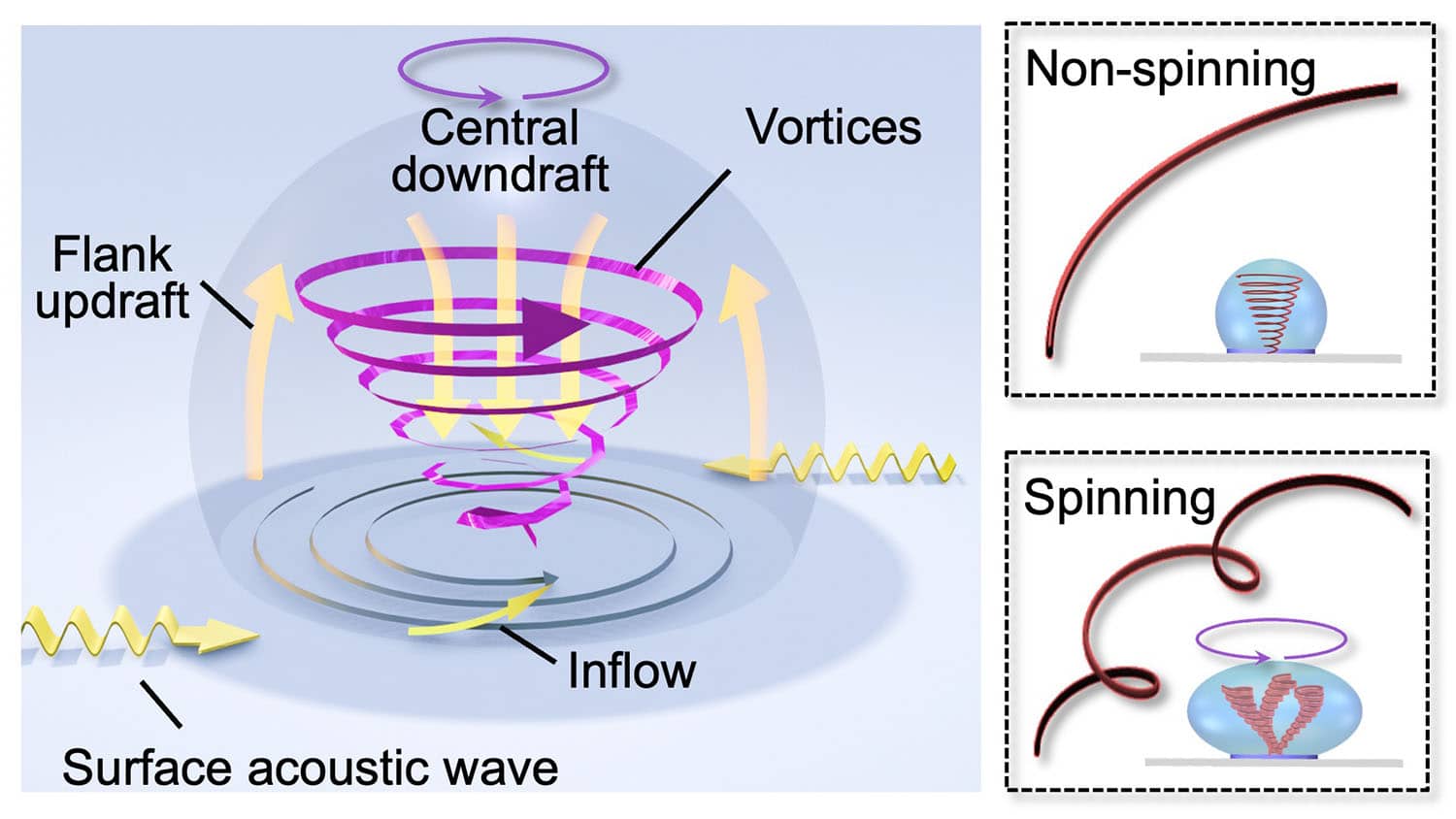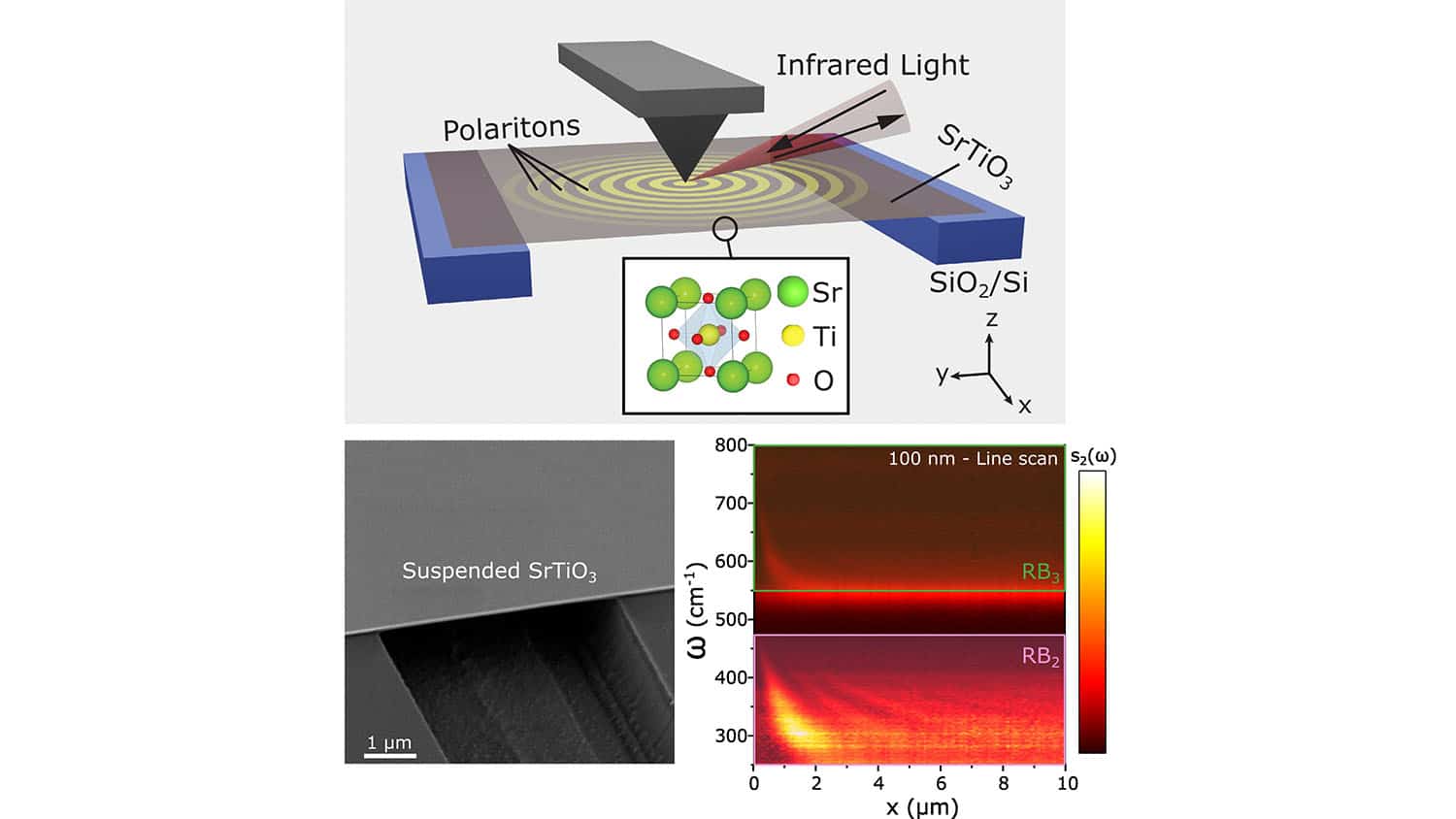Jell-O Memory

Researchers have come up with memory technology that feels like Jell-O. It’s made of water-based gels and liquid metal, and it works just fine when it is completely underwater.
The device could be the first step towards developing a new generation of biocompatible electronics – such as medical sensors – because of its pliability, its functionality in wet environments, and the fact that it is made with biocompatible gels. A paper on the research was published online by Advanced Materials.
But don’t plan on becoming a Borg anytime soon – the technology can’t handle too much memory just yet. The researchers are still working on that.
The device’s circuits have two states: one that conducts electricity and one that does not. These two states can be used to represent binary’s 1s and 0s. Most conventional electronics use electrons to create these 1s and 0s in computer chips. The squishy memory technology uses charged molecules called ions to do the same thing.
In each of the memory device’s circuits, the metal alloy is the circuit’s electrode and sits on either side of a conductive piece of gel. When the alloy electrode is exposed to a positive charge it creates an oxidized skin that makes it resistive to electricity. We’ll call that the 0. When the electrode is exposed to a negative charge, the oxidized skin disappears, and it becomes conducive to electricity. We’ll call that the 1. Here’s a video illustrating how it works.
Normally, whenever a negative charge is applied to one side of the electrode, the positive charge would move to the other side and create another oxidized skin – meaning the electrode would always be resistive. To solve that problem, the researchers “doped” one side of the gel slab with a polymer that prevents the formation of a stable oxidized skin. That way one electrode is always conducive – giving the device the 1s and 0s it needs for electronic memory.
Just think, some day you could be storing data in one of these!
- Categories:


